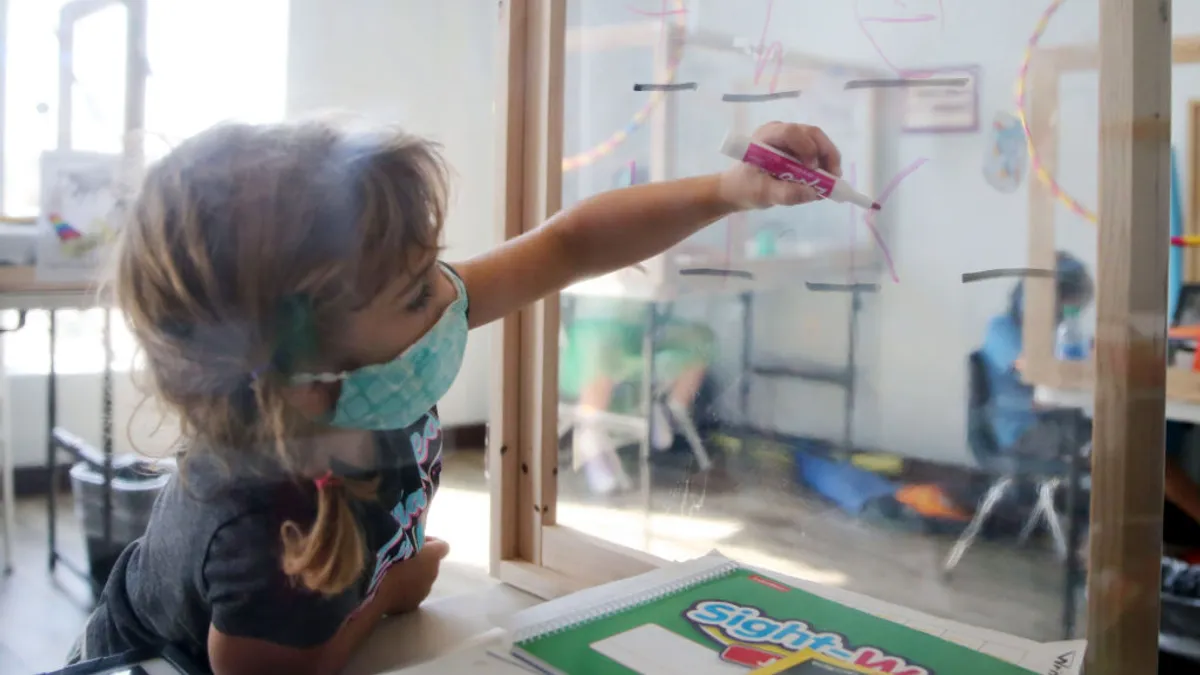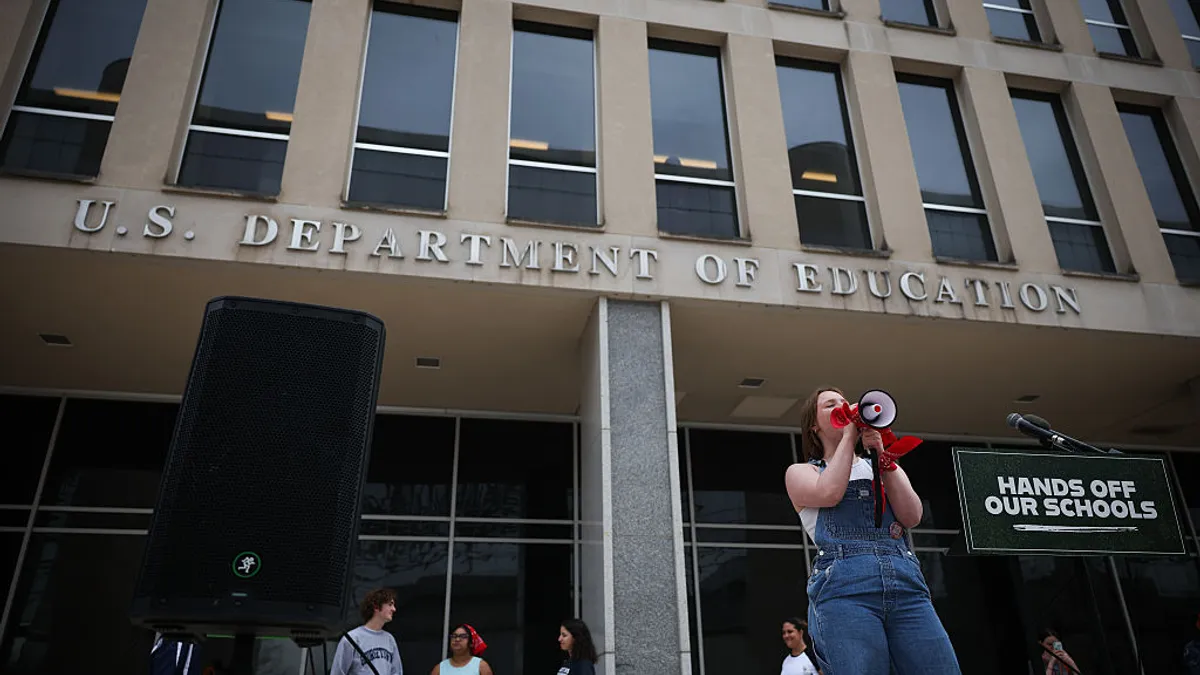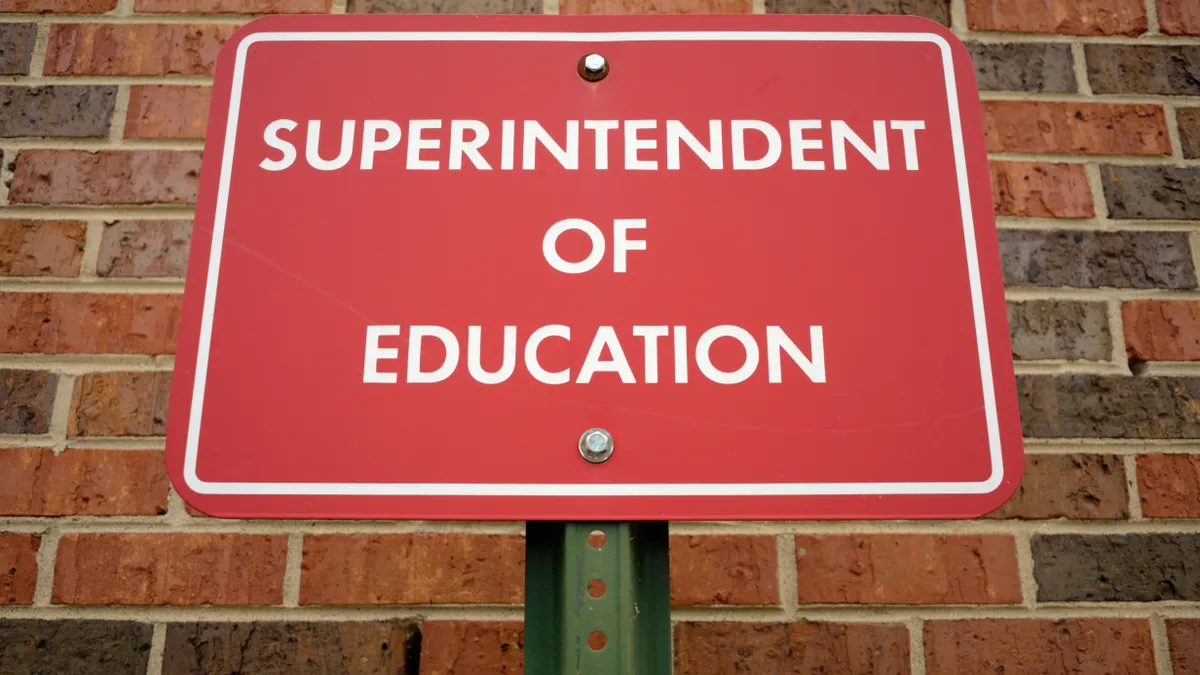The recent Oxford High School mass shooting in Michigan, which killed four students and injured seven others, has resurfaced questions about the role of parents in preventing school gun violence and how schools can navigate relationships with families in supporting those efforts.
The school was made aware of red flags displayed by shooter Ethan Crumbley multiple times in the days leading up to the attack, according to a letter sent to the Oxford community by Oxford Community Schools Superintendent Tim Throne. “These incidents remained at the guidance counselor level and were never elevated to the principal or assistant principal’s office,” Throne wrote.
A lawsuit was also filed by the family of two students — a girl who was shot in the neck and survived, and her sister who witnessed the shooting — against the district Thursday morning.
The shooter’s parents, Jennifer and James Crumbley, were each charged with four counts of involuntary manslaughter in the case. “The student’s parents never advised the school district that he had direct access to a firearm or that they had recently purchased a firearm for him,” Throne said in his letter.
“I think there is soul searching … [about] who's responsible at this point in time” for school mass shooting prevention in general, said Ron Astor, a professor at the University of California Los Angeles Luskin School of Public Affairs and Graduate School of Education & Information Studies. Astor has a Ph.D. in school safety.
Some say while the burden has been placed on schools to keep buildings and students safe, schools must also collaborate with parents. Others say both schools and parents can be ineffective at times, pointing to procedural failures that, if fixed, could prevent school shootings in the future.
‘Work with parents can be challenging’
“Schools are the hubs of communities, and it does take all of us, and a lot of the onus has been put on the education system,” said Jill Cook, executive director of the American School Counselor Association. “Certainly we want to do our part, but it has to come down to a strong collaboration and relationship with families as we work to make schools safe and support environments where kiddos can learn.”
Cook said contacting parents is one of the first steps in a suicidal ideation or similar situation. “Because ultimately parents are the ones who can intervene and help get students appropriate care outside of the school setting,” said Cook.
However, that’s not always easy.
“Work with parents can be challenging because it is not unusual for parents to become defensive or feel their child is being treated unfairly,” said Dewey Cornell, a forensic clinical psychologist and professor of education at the University of Virginia, in an email. Dewey has developed an evidence-based model of school threat assessment used in schools across the United States and Canada.
In some cases when parents aren’t providing their children with needed mental healthcare, a call to Child Protective Services may be appropriate, Cook added.
‘The school has its own culpability’
Cornell recommends schools educate parents about threat assessment and other safety and prevention measures. His threat assessment model emphasizes that school authorities should always strive to work cooperatively with parents, emphasizing common goals of helping their child to be safe and successful in school.
“But the school has its own culpability. They're not done the moment they call the parents,” Astor added.
“We also know that sometimes school authorities are not as responsive to parent concerns as they should be, and this can affect prevention efforts, too,” Cornell said.
In past school shootings like Parkland and Columbine, parents, schools and even law enforcement agencies have passed the buck when they could have appropriately responded to red flags, Astor said. “I think they all hold a level of responsibility.”
Most students who committed deadly school attacks in the past decade communicated their plans to do so at least once but were dismissed by bystanders, including teachers and classmates, according to an analysis by the U.S. Secret Service.
“If [warnings] go to the wrong place and they're not well trained in terms of assessment and procedure, that's very problematic,” Astor said.
Everybody — including but not limited to school staff, school resource officers, peers, parents and administrators — should therefore be trained, he added, to spot and properly respond to students who display multiple red flags, which could include:
- Accessing a firearm or having an obsession with firearms.
- Having mental health concerns such as depression and suicidal ideation.
- Having a plan to hurt themselves, others or both.
- Troubling social media posts.
“We've spent millions of dollars on barricading doors and security, but over and over and over again we learn that it's these procedures where things fail,” Astor said.
‘You will have a next generation of parents’ educated
Schools should also teach firearm safety in classes similar to driver’s ed or sex ed, especially in communities that espouse hunting and firearm culture. If that is done, “you will have a next generation of parents who will know these things,” Astor said.
In those communities, gun safety can sometimes be conflated with 2nd Amendment issues, Astor said. “If you have no parent support on that side, it's not that you're done — if anything you have more steps to take there.”
Astor suggested tapping law enforcement agencies, the National Rifle Association, hunting societies and right-wing politicians to craft messaging toward those parents.
In Atlanta Public Schools, for example, the school board joined local politicians in the wake of the Michigan shooting to announce a mandate for securely storing firearms, with a $500 fine for violations.
The Atlanta district also passed a resolution calling on the board and superintendent to “work with local law enforcement agencies, health agencies and nonprofits to collaborate and increase efforts to inform District stakeholders about secure storage of firearms in their homes.”
“This is how every school district across the country should respond to the devastating tragedy we saw just last week in Michigan – by reminding gun owners that it’s their responsibility and obligation to store their guns securely,” said Maggie Zwettler, a volunteer with the Georgia chapter of Moms Demand Action, in a news release.
Moms Demand Action is a part of Everytown for Gun Safety, the largest gun violence prevention organization in the nation. “The simple fact is that if kids didn’t have access to firearms, we wouldn’t be suffering through this uniquely American epidemic of school shootings,” Zwettler said.
Despite repeated attempts to contact the National Rifle Association and the Michigan Rifle and Pistol Association, the NRA’s state affiliate, the organizations could not be reached for comment.






















